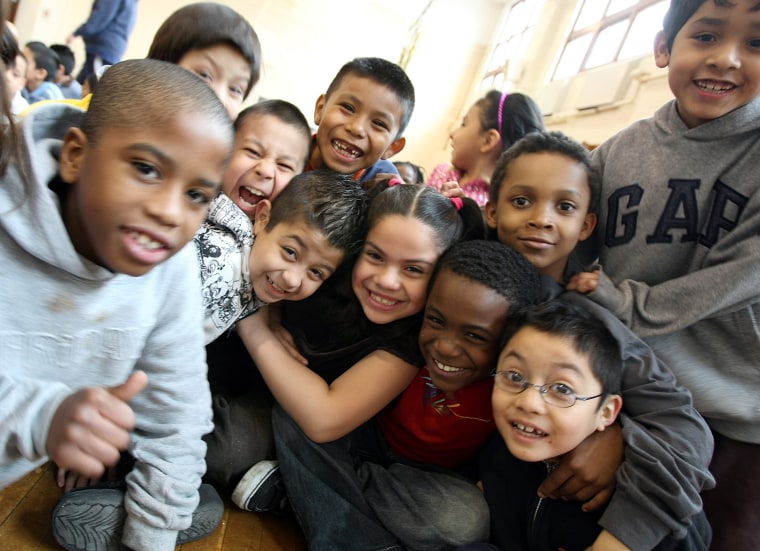The fastest growing segment of the U.S. population is Latino children but the communities they live in may not be getting all the federal money for programs they may need, since these children are being undercounted in the Census, a Latino child research group and advocacy group said Tuesday.
Nearly 400,000 Latino children between the ages of 0 and 4 were undercounted in the 2010 Census, according to the National Association of Latino Elected and Appointed Officials Educational Fund and Child Trends Hispanic Institute. They account for more than 36 percent, a disproportionate share, of the total net undercount for all children under age 5.
The problem could worsen because the Latino population is young and growing. Undercounts are defined as the difference between census counts and population estimates.
Accurate counts are critical for communities because more than $400 billion a year in federal money is funneled to them by the federal government for such programs as Head Start and the Special Supplemental Nutrition Program for Women, Infants and Children. They are also used by school districts for budgeting and setting up bus routes.
Political district lines are drawn based on populations size, therefore the more people in a particular area, the more possibility for additional districts, key for political representation.
“The persistent undercount of the nation’s second largest population group is a civil rights issue,” said Arturo Vargas, executive director of NALEO.
“Unless we bring Latino youth out of the shadows and into the light in Census 2020, the Latino community will continue to have disproportionate access to fair political representation and public services. We must make the investments necessary today to ensure a full and accurate count of Latino children tomorrow,” he said.
Five states—California, Texas, Florida, Arizona, and New York—account for more than 70 percent of the total undercount, specifically almost one-third of the undercount being accounted for by California alone.
The report explained that that there is no certainty as to why the undercount of Latino children is disproportionately higher than other children. But it said there are some possible contributing factors.
Latinos are more likely than non-Latinos to live in hard-to-count places, meaning in multi-unit and rented homes. Latinos are also more likely to live in multigenerational and highly mobile families.
Furthermore, the report states that there is evidence that Latino adults are more likely to believe younger children do not need to be reported on the census form than non-Latino adults.
The Census Bureau already is studying ways to diminish the undercount, the report said. The report authors recommended the bureau include better instructions for families on including children when they fill out the form and education on that requirement. Also, more should be known about the children who are being left out, the report said.
